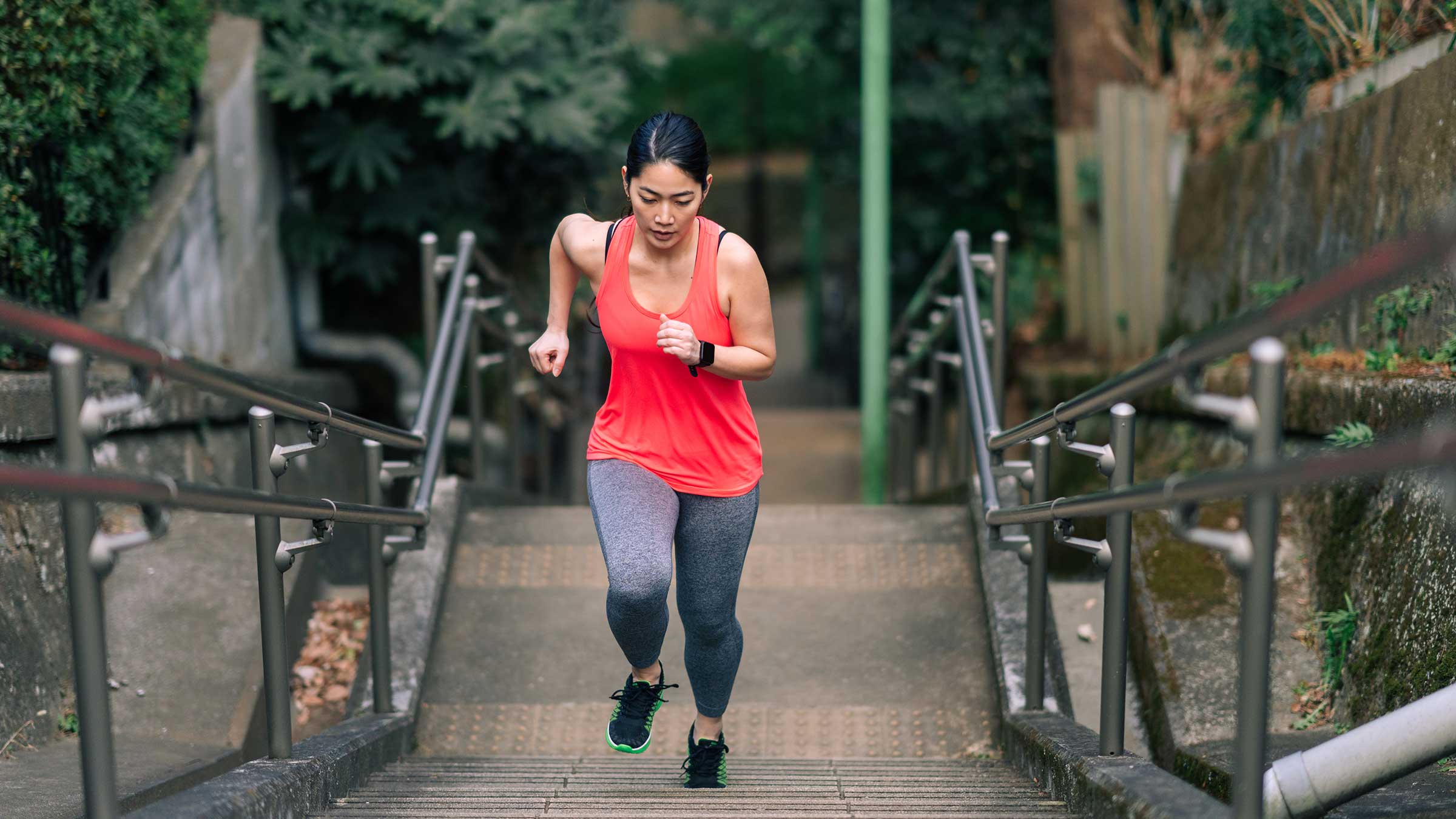
Perhaps you’ve been trying to eat fewer unhealthy snacks at night. Maybe you’d like to add a few extra steps each day, learn a new language or limit the number of hours you spend scrolling on your phone.
It might feel impossible to break or start new habits, but there are ways to help the brain and body get used to new things. With the right mindset and a few tips, you can be on your way to achieving your goals.
Benefits of habits
Freeing brain space
Habits give our brains a break from thinking because they make certain actions second-nature.
For example, when we drive to work, we’re not thinking of every little thing that we’re doing in the car. We start the car, and we travel the same route, making the same turns, every day. Another example is brushing our teeth. We don’t consciously think about it, but do it in a certain way each day.
In this way, habits open up our brains for other activities. Our minds are allowed to focus on other tasks that aren’t yet involuntary and need more mental effort.
Relieving decision fatigue
Habits also help us with decision fatigue.
Remember the COVID era and how hard it was to make decisions about every little thing? Should I wear a mask? Do I need to clean that with a disinfectant wipe? There were so many decisions that we weren’t used to making. That’s decision fatigue. I found this utterly exhausting!
When something becomes a habit, it provides an automatic response to certain decisions, relieving some of that decision fatigue.
How habits form
Chunking
As reported in Charles Duhigg’s book, “The Power of Habit,” our brain is constantly looking for ways to make things easier. One way it does this is through “chunking,” creating a sequence of actions that makes something automatic.
The habit loop
In the habit loop, there’s a cue, there’s a routine and there’s a reward. While cues are ingrained, routines are something we can change. The reward is what we crave, so we need to find a new routine to get us to that reward.
Changing habits
Address decision fatigue
Consider ways in which decision fatigue impacts your own life, maybe at work, maybe at home. Address places where you could pass off some of that decision-making so you feel more energized.
For example, I used to get decision fatigue thinking about what to have for dinner seven days a week. So, my husband and I decided he would take on the decision-making role for two days each week. That changed my weekly pattern, and it’s made a big difference for me.
Disrupt the habit loop
Mindfully recognize the cue and reward in your habit loop, then look at our typical routine. You want to keep the cue and reward but change the routine.
For example, when people feel stress, they often turn to unhealthy, fatty foods. What they really want is the reward of stress relief. If this sounds like your habit loop, determine a different routine you can perform when you feel stress. Choose something that will make a difference in your life. Perhaps instead of eating fatty foods, you could listen to music, while still obtaining the reward of stress relief.
Habit stack
Habit stacking is the strategy of adding a new habit to something that you already do regularly to create change in your life. This helps make new habits permanent by building them into your existing routine. For example, if you want to drink more water, stack it with your coffee break.
It works because it leverages the strong synaptic links that we already have formed with our existing habits. When we stack on top of them, we’re reinforcing the neural patterns that we’ve already established from the original cue.
Linking habits can strengthen those brain circuits for lasting change because we’re using both the existing neural patterns and the cues from those existing patterns.
Consider ‘shaping’
Shaping involves gradually building a behavior toward a goal, through small, manageable steps.
Try the Premack principle
Through the Premack principle, change is reinforced by pairing a preferred habit – something that you’d like to do – with a less enjoyable habit.
For example, listen to podcasts you enjoy while doing a chore, like folding the laundry. This pairs a reward with something that has to be done.
Tips for successfully creating new habits
- Identify clear goals and cues that align with your daily routine to trigger new habits.
- Choose specific cues.
- Set a realistic timeline so you can stay on track.
- Start small and track your progress to build consistency and stay motivated.
- Ensure goals, cues and actions all align with each other.
- Practice self-compassion during setbacks by focusing on progress rather than perfection.

Integrative medicine heals the whole person
Learn more about our programs and schedule an appointment.
Learn more




